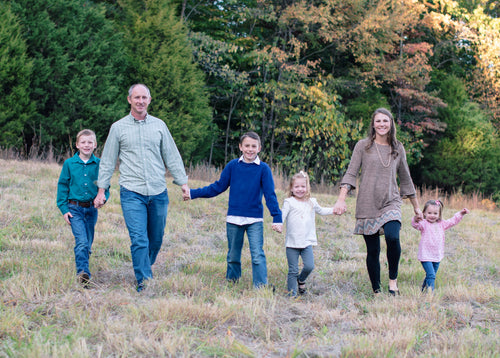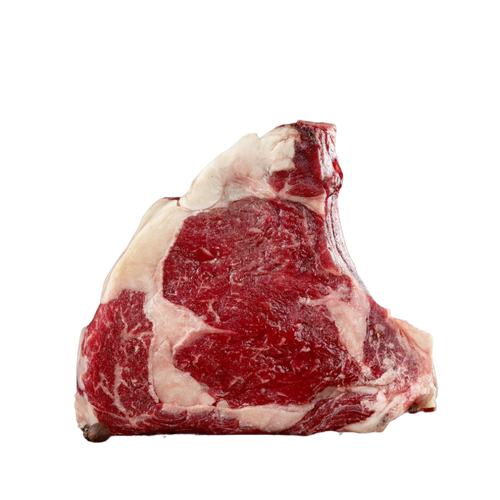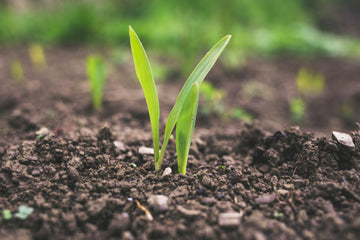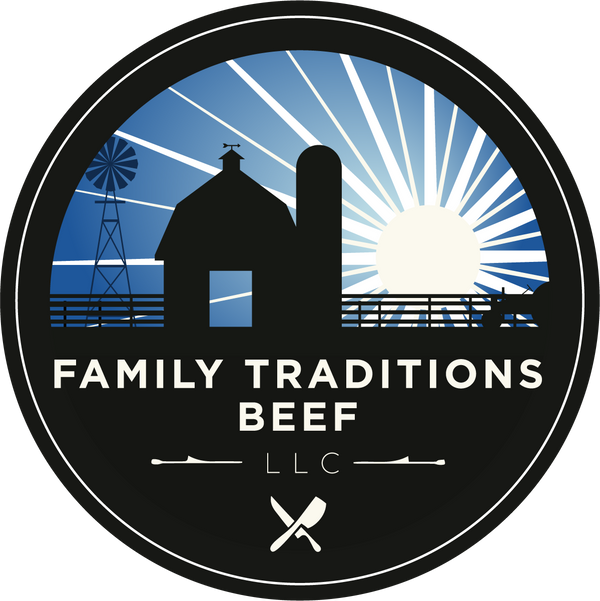ABOUT US
Meet the Family
The People
Agrarian Roots That Date Back to the 1860s
We owe our way of life in large part to the generations that came before us. Our family is fortunate enough to have agrarian roots all the way back to those who ventured to the new world in the 1860’s. Today’s crew shares the same passion with modern challenges.

Our Story
Don started farming in high school with 10 acres and joined the farm full-time after college. He earned a BS from Purdue University’s School of Agriculture in 2003 and a MBA from Colorado State in 2016. He oversees planting, harvesting and selection of ag inputs as well as daily work with the cow herd. He is hardworking, takes initiative, is always looking for a better way, charismatic, caring, and loves the land.Jennifer graduated from Franklin College in 2008 with a math education degree and a master's degree from Indiana Wesleyan. She taught HS math for five years before staying home with our first child. When she isn’t busy with the workings of four small children at home, she can be found helping at the farm with cattle, planting crops or running harvest equipment. She keeps everyone in our family on track and looks good doing it! Jennifer takes care of all customer contact and fulfills orders. Jennifer has a huge heart for her family and friends, loves to work out daily, and never backs down from a challenge.Eugene is Don’s dad. At 82 years young, he is at the farm daily to help wherever needed. He tracks markets, grinds corn and delivers feed rations. Eugene has been feeding cattle now for 72 years since he bought his first 2 head at age 10. He can be found on his Kubota ATV all around the farm, having snacks with the grand kids or playing Euchre with his various card groups.


The Place
Nestled between the busy cities of Indianapolis and Louisville, is Vallonia, IN. Vallon or “little valley” was the name given by the French who set up a trading post here in the late 1700’s. Forested hills rise up on the east, west and south sides of our rural community where agriculture is a mainstay. A variety of products are found growing here on our naturally rolling and sandy soils from vegetables and melons to grains, hay and cattle. The home place, as we call it, was bought by my grandpa, Louis Shoemaker in 1952. The property was in need of attention with many deteriorating buildings left behind from previous use. Luckily, he had six children to help with the restoration! Within a few years, a new cattle barn, corn crib and home were erected on the property. As the farm grew, silos and a machinery shed were later added.
The Product

Black Angus
We utilize the robust pool and Angus genetics to make each beef shipment a work of art.
Aging Perfection
All of our beef is dry aged for 14 days. Commodity beef is wet aged in the package as it is shipped from the packer to its next destination. We're confident you'll appreciate the difference.
Home Grown Feed
Just as you care about what you consume, we want our cattle to have fresh and wholesome feed ingredients. Our cattle feast on our locally grown forages and grains for nutrition each day. We know the cattle, we know the feed, we know the process. That’s why we can say there’s “No mystery in their history”!
Birth to Butcher
Beef from cattle born and raised on our farm. While commodity beef is high mileage and trades hands regularly, we want complete control from start to finish. Our cattle only get one travel day – when they are loaded on a trailer to go for processing.
No Added Hormones
Selective breeding allows us to fine tune genetics that excel in marbling, docility and daily gain. We don’t need synthetic hormones to artificially “juice” our performance.
Home Grown Feed
Just as you care about what you consume, we want our cattle to have fresh and wholesome feed ingredients. Our cattle feast on our locally grown forages and grains for nutrition each day. We know the cattle, we know the feed, we know the process. That’s why we can say there’s “No mystery in their history”!

Our Practices
 1
1Room to move
Our well drained soils allow cattle to experience dry and comfortable conditions through the winter months where other places often fight mud and water. In addition, our cattle are kept in open fields where they have ample room to move.
 2
2Well balanced diets
After grain crops are harvested in the fall, cattle are allowed to graze crop residue, such as corn fodder. They are fed a balanced daily ration to meet their ever-changing dietary needs.
 3
3Focused on soil
Today’s crops can thrive in a no-till system where the ground is always covered, preserving moisture for the crop and nearly eliminating soil movement. Cover crops will take us to the next level.
 4
4Holistic grazing
When cattle are moved from the field in the spring, the fields are prepared for planting where cattle manure that is left behind is used to fertilize the upcoming summer crop. Nearly all our crop acres are planted without the use of tillage.
 5
5Data driven decisions
Technology touches every facet of farm life. GPS guides tractors and maps grain harvest yield data so that fertilizer can be applied only where it is needed, reducing loss to the environment. Sensors monitor grain quality in storage and activate aeration fans based on the readings from an on-site weather station. Cattle are tagged with radio frequency ear tags that can be read to tell us their birth date, parents and a variety of other data important to their performance.
 6
6Relationship driven
Relationships are the foundation of our business. We don’t always know the answer, but we're fortunate to maintain a network of experts. From butchers to agronomists, bankers, veterinarians and landlords, their breadth of knowledge is impressive & we stay open to partnerships.
